In Luis Buñuel’s 1962 film, the ‘exterminating angel’ of the title is a mystery illness. A debilitating virus — much worse even than man flu — that attacks the social immune system and shuts down your ability to act, to think, to be. It prevents you from remembering how to behave at middle-class dinner parties. You arrive at a friend’s house twice. You forget to leave. Open doors become terrifying, impassable geometric objects. Your handbag contains not keys but feathers and chicken legs. Occasionally it kills.
The bug is Buñuel’s metaphor for a society gripped by cowardice. Composers can catch it. Not Thomas Adès, though. There is bravery (insanity?) in him even attempting to adapt Buñuel’s pitch-perfect confection of social satire and surrealism. Not just because lightning rarely strikes twice (name me another adaptation of a masterpiece that is also a masterpiece) but also because the central theme is inertia. And composing an opera about inertia is a bit like dedicating a restaurant to the inedible, or a zoo to the stuffed. It’s awkward. Counterintuitive. And, initially, inspired.
How better to avoid operatic cliché — the hyperbole and hyperactivity — than to fashion activity out of inactivity. How better (in the wrong hands) also to induce narcolepsy. It is, then, a tightrope walk. But opera is a tightrope walk. Perversity is rewarded.
So we start somewhere contrary, almost conceptual. The entertainment will last for as long as this assortment of generals and doctors and nobs continues to be incapacitated. The less they do, the more that happens. In the first half, almost nothing happens. A piano is played. Sofas are lounged on. Slights are exchanged. Waltzing them along passive-aggressively, their sweaty-palmed subconscious: the orchestra.
With the plot self-propelling, dramatic energies are invested in bourgeois dynamics, the surface preoccupations psychoanalysed by a score periodically erupting with rage or lusciously, necrosexually, inching towards something end-of-days. Above ground, niceties and not-so-niceties. Coffee is served. Spoons are debated.
A battery of darkly sweet sounds (often with Latino accents), and a slithery ondes Martenot, are hurled at the guests, sending their voices shooting up — the only place they can survive. Or maybe this scaling into the stratosphere is an attempted escape. Orchestral ladders, however, become snakes.
Such is the sadism of the vocal score, you don’t immediately realise this is an all-star cast (Christine Rice, Iestyn Davies, Thomas Allen, John Tomlinson…). The work prohibits showing off. It also shouts what is meant to be whispered. In the film, as the tale turns feral, the voices turn inward, so that by the end it is hard to know what is being said and what is being dreamed. No possibility of confusing the two in this production. Vocally everything is bellowed; visually too. Legibility — in Hildegard Bechtler’s set designs, in Tom Cairns’ direction for Salzburg Festival — flattens Buñuel’s subliminal hints and winks.
And herein lies the biggest problem. Operification. Alterations to the original script that aid clarity also encourage dumbness. Arias are inserted: mawkish, hysterical, melodramatic.
A Valkyrie-like final aria, egged on by an orchestra turned primal and Brucknerian, sung by the amazing Audrey Luna, shatters the spell fabulously. But the hyperbole that is so studiously avoided in the first part makes up for lost time in the gooey second. Things become messy and a bit ‘look at my Great British Opera’.
So ultimately Adès does succumb to the angel. He bottles it. He takes neither the satire nor surrealism anywhere near as far as he could or should. Be careful: the bug travels to the Royal Opera House next spring.
For a truly original take on the troubled mind in troubled times, look instead to Philip Venables’ reworking of Sarah Kane’s 4.48 Psychosis, premièred by the CHROMA Ensemble a few months ago at the Lyric Hammersmith. What Venables realises is that the frustrations of the paralysed — in this case the all-consuming debilitation of the suicidal — are best served not by fluency but by inconsistency. Estranged mental states require estranged music. So we are jerked, unpredictably, from hectoring Eislerian chases to percussive face-offs (between saws and drums and whips and hammers) to choral washes to taped duets to cheaply canned interludes.
Experimentation in the service of absolute emotional precision: Venables’ economical work is one of the most exhilarating operas in years, even while it gives voice to some of the darkest thoughts imaginable.
The post Snakes and ladders appeared first on The Spectator.
Got something to add? Join the discussion and comment below.
Get 10 issues for just $10
Subscribe to The Spectator Australia today for the next 10 magazine issues, plus full online access, for just $10.
You might disagree with half of it, but you’ll enjoy reading all of it. Try your first month for free, then just $2 a week for the remainder of your first year.


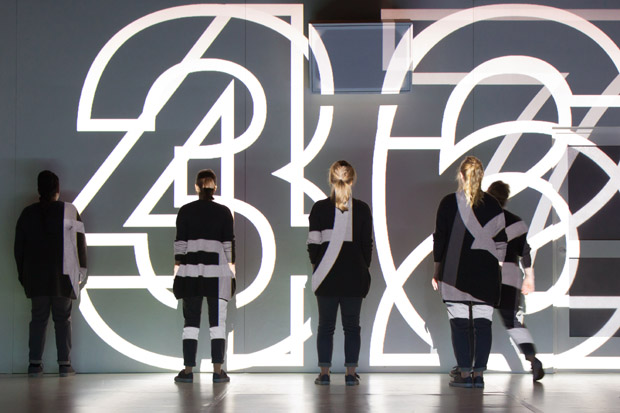
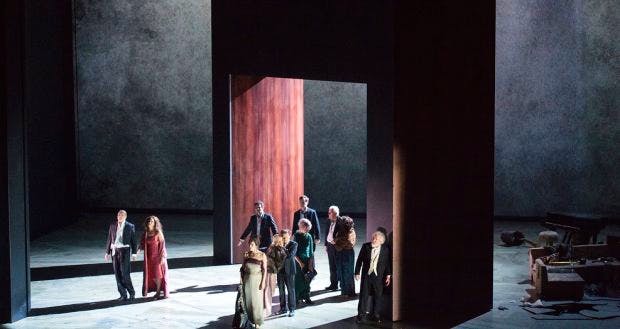
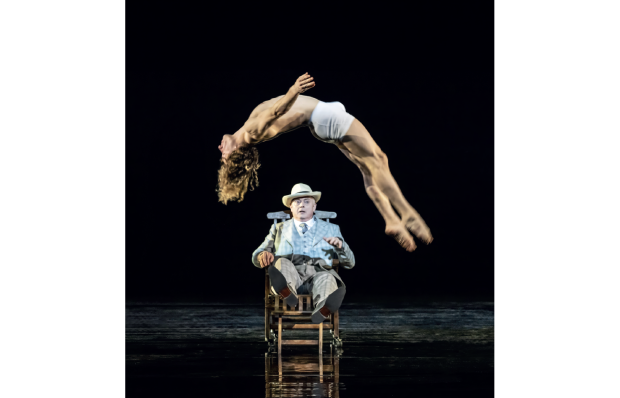
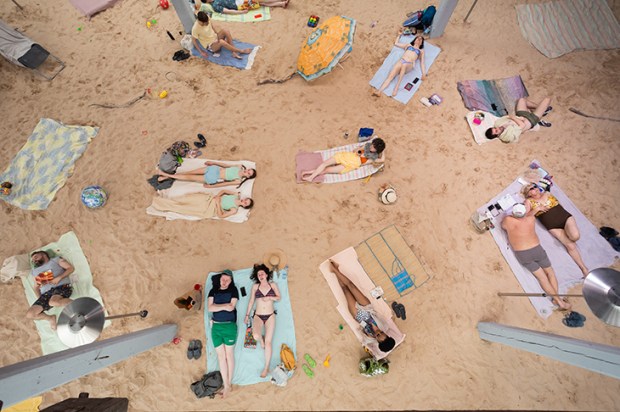
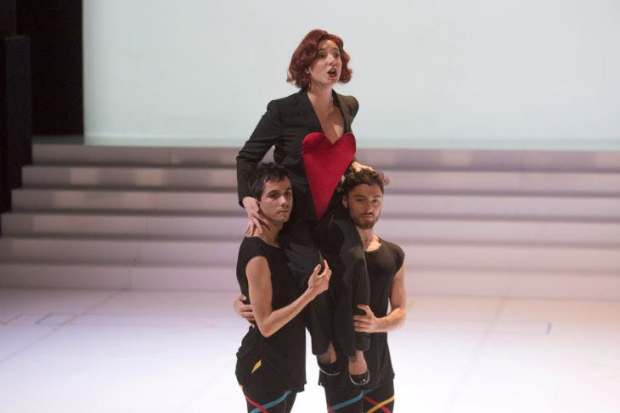
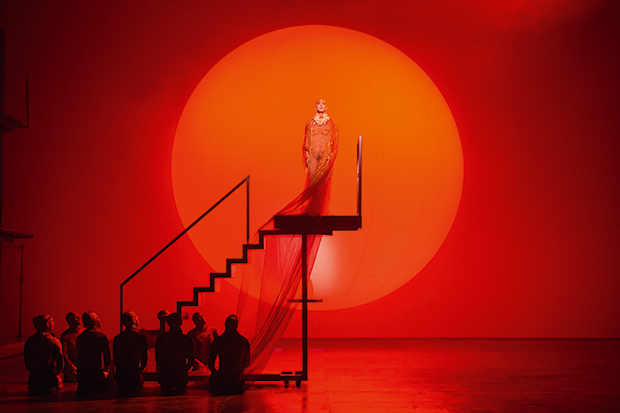






Comments
Don't miss out
Join the conversation with other Spectator Australia readers. Subscribe to leave a comment.
SUBSCRIBEAlready a subscriber? Log in